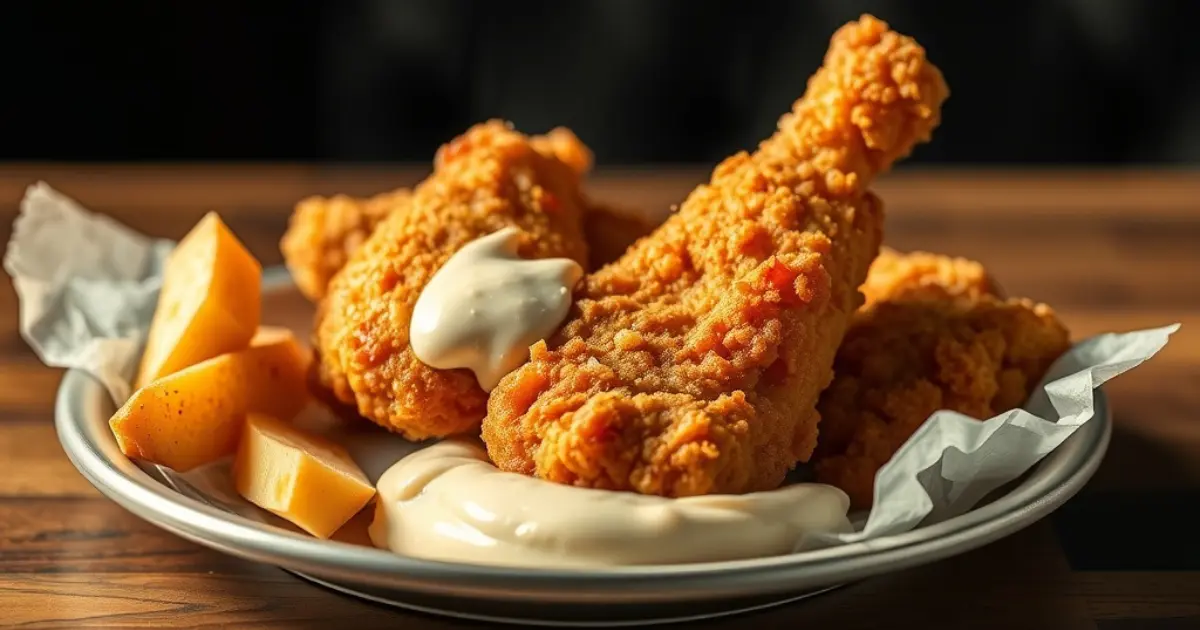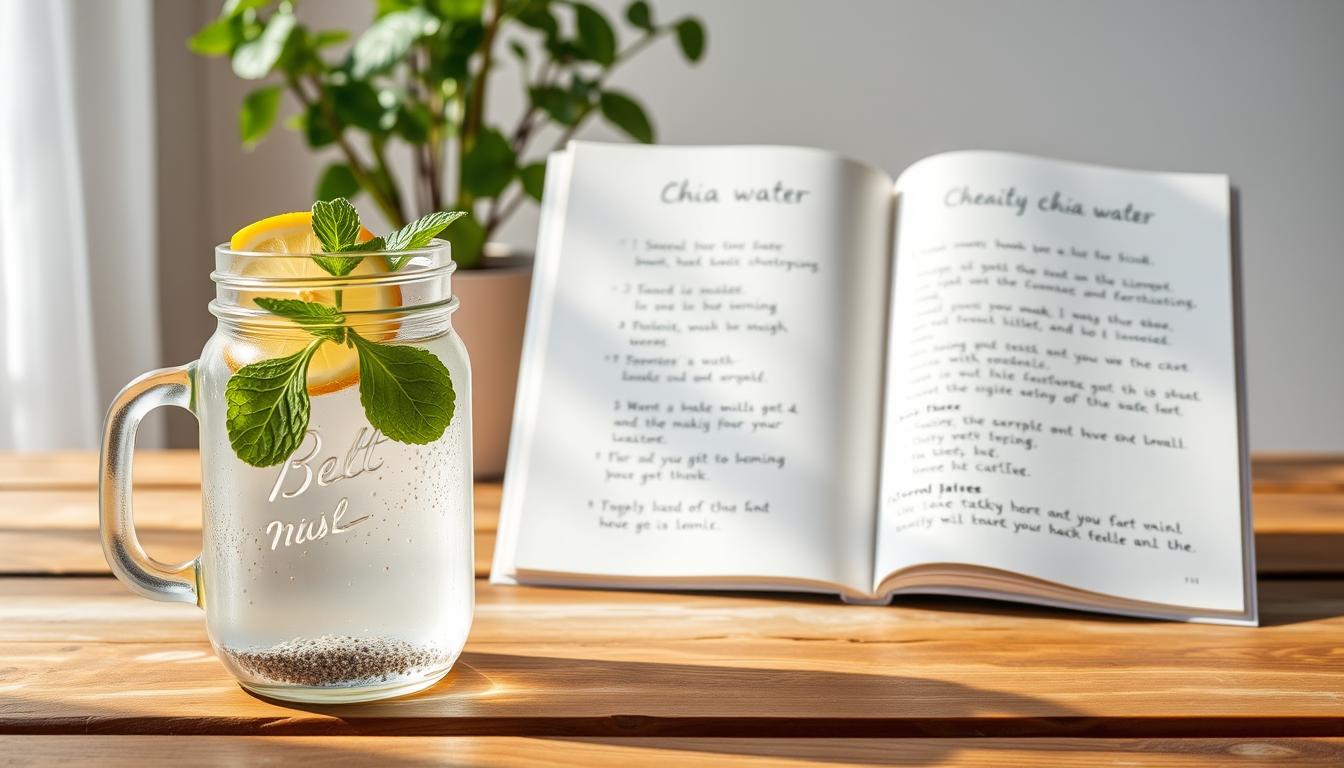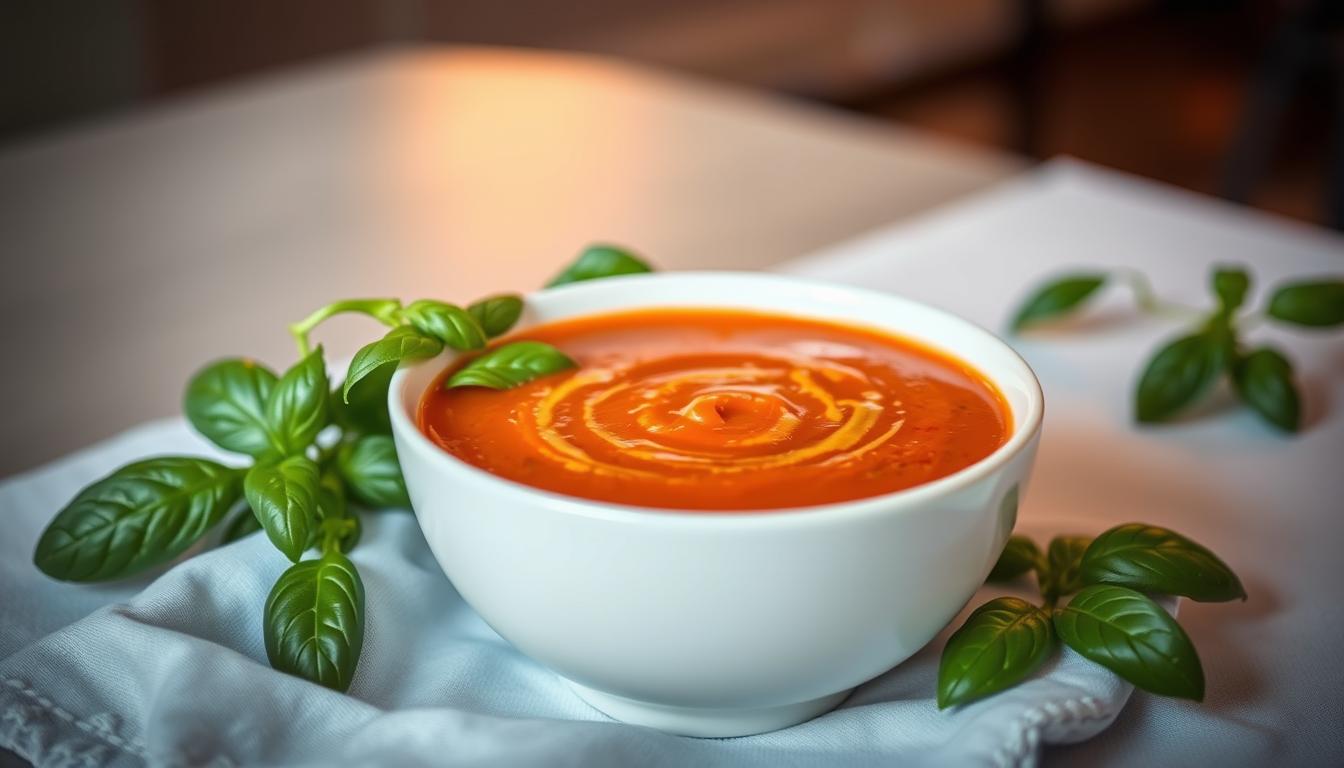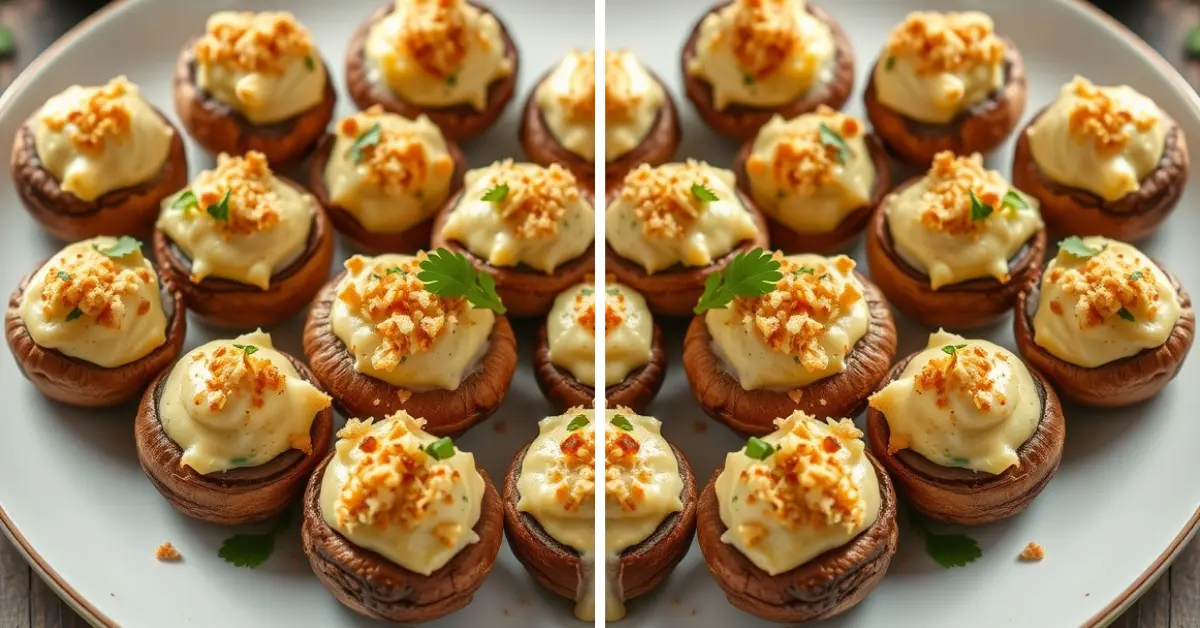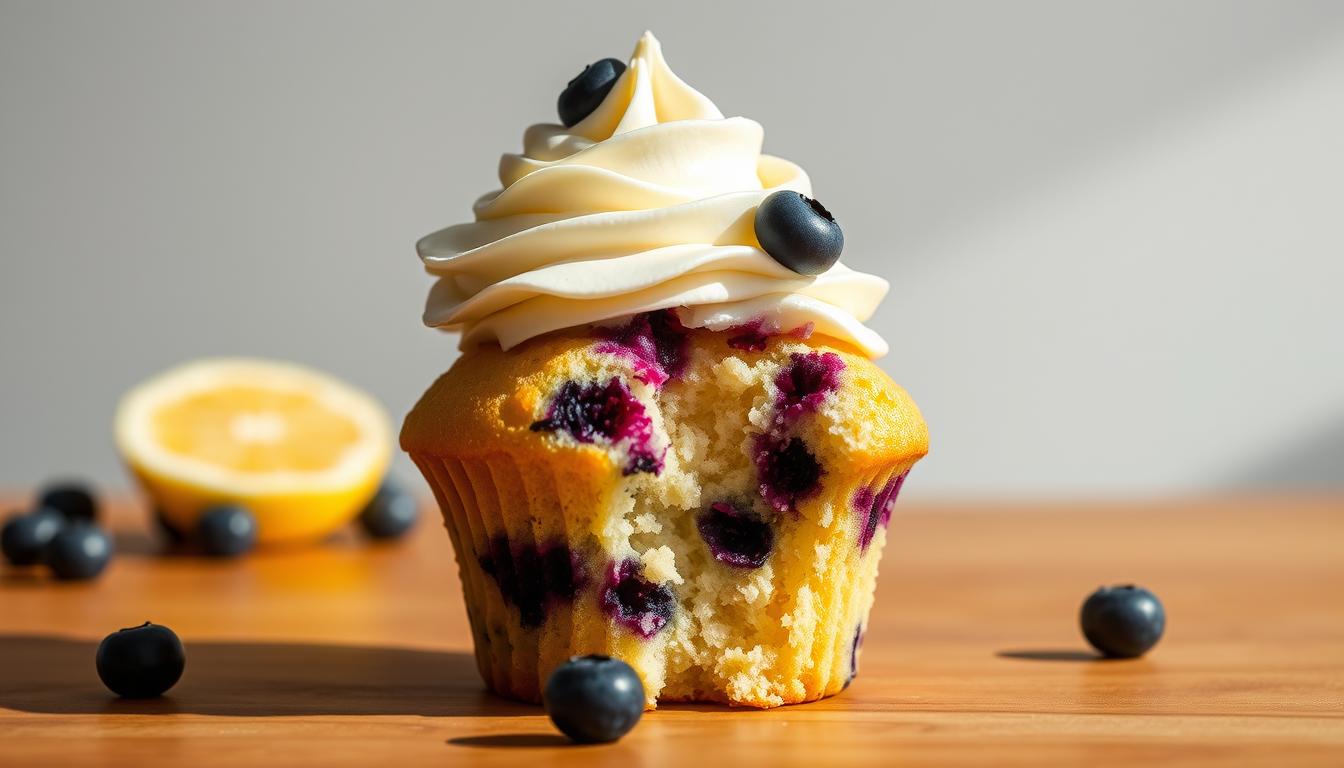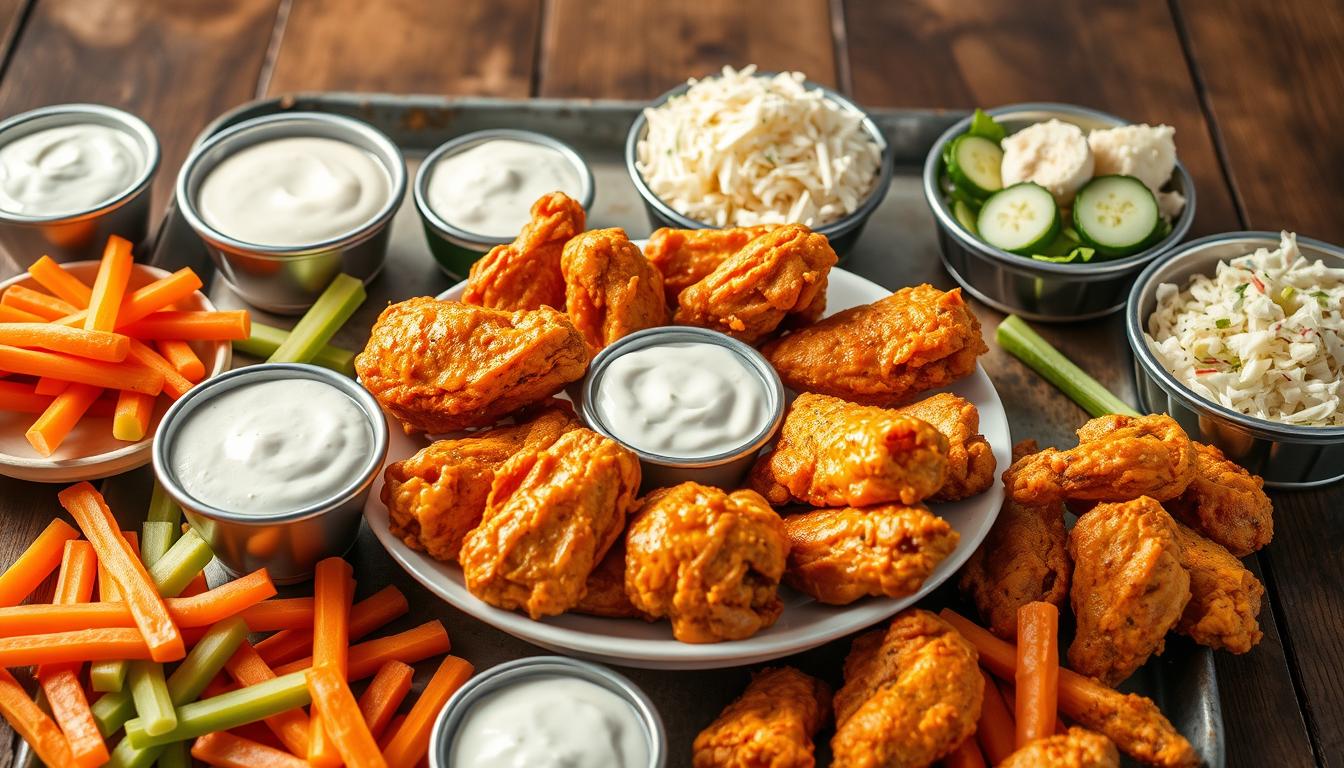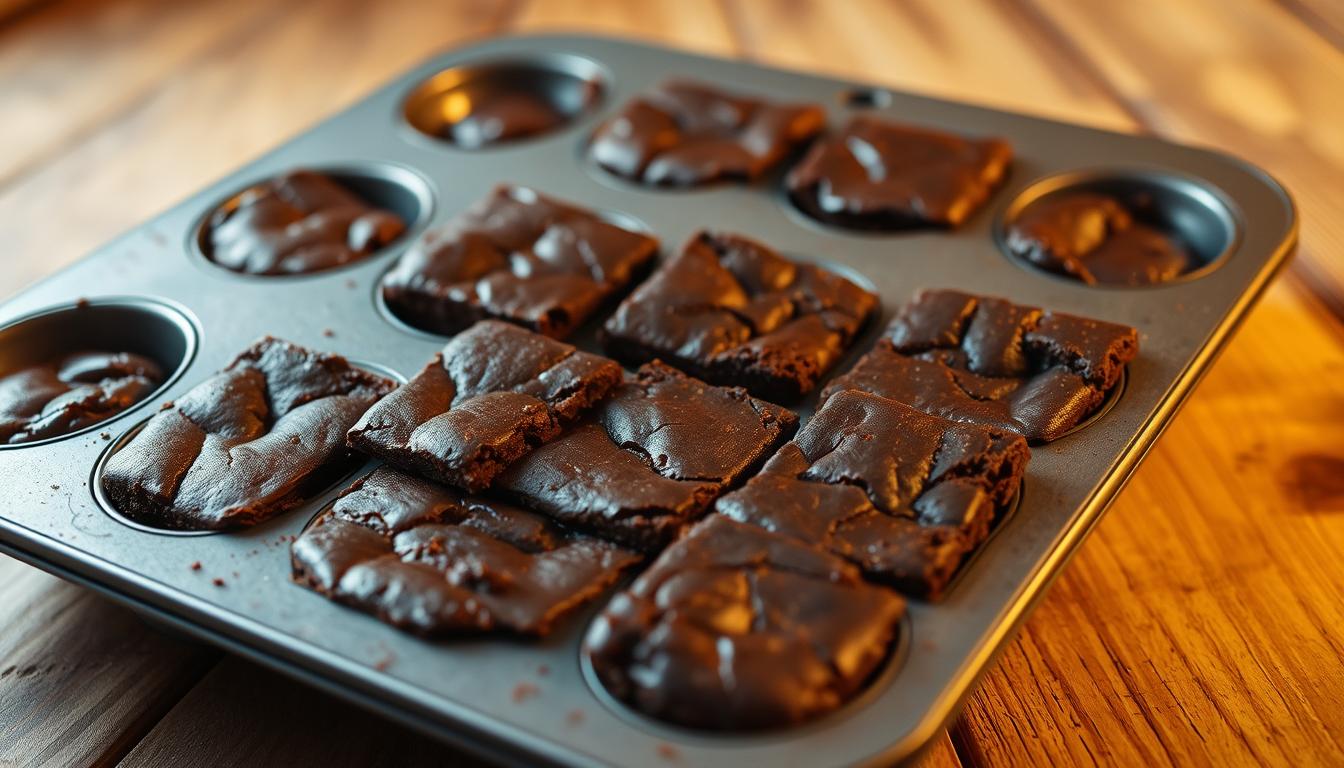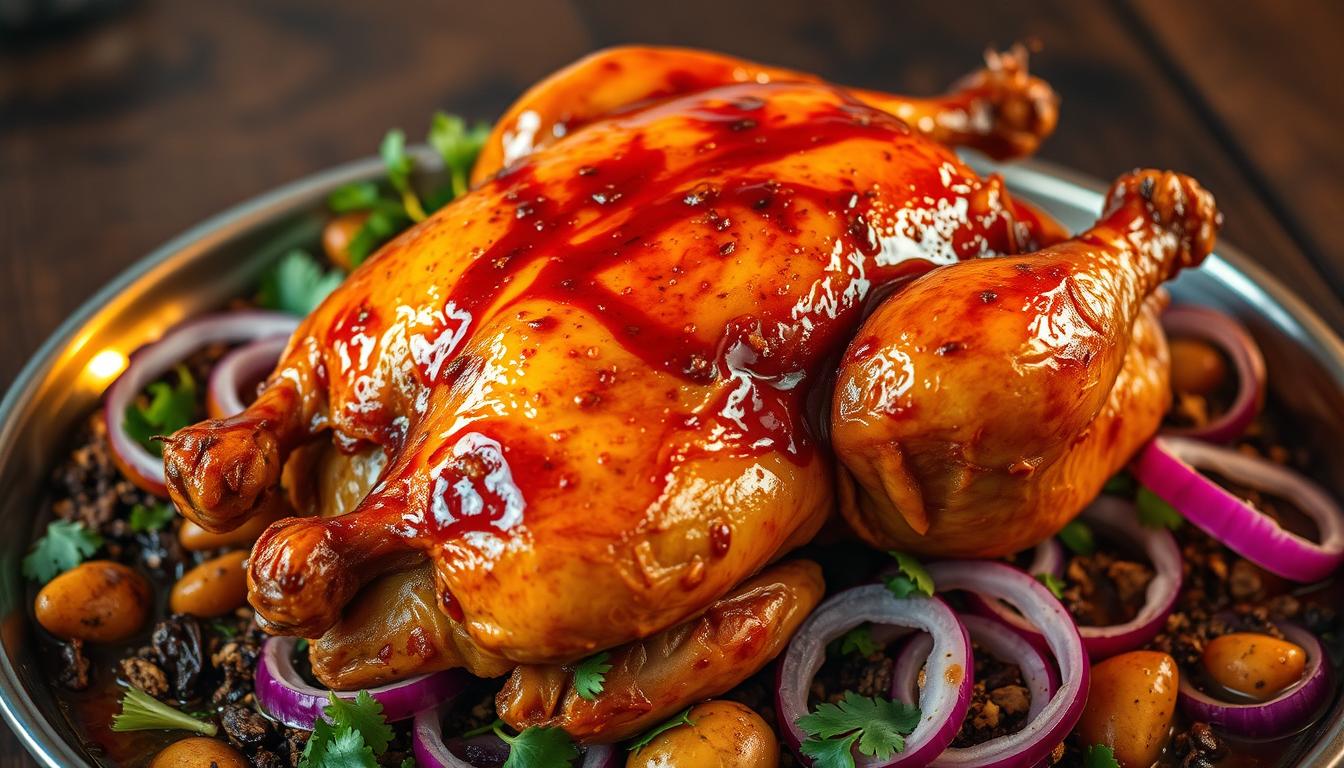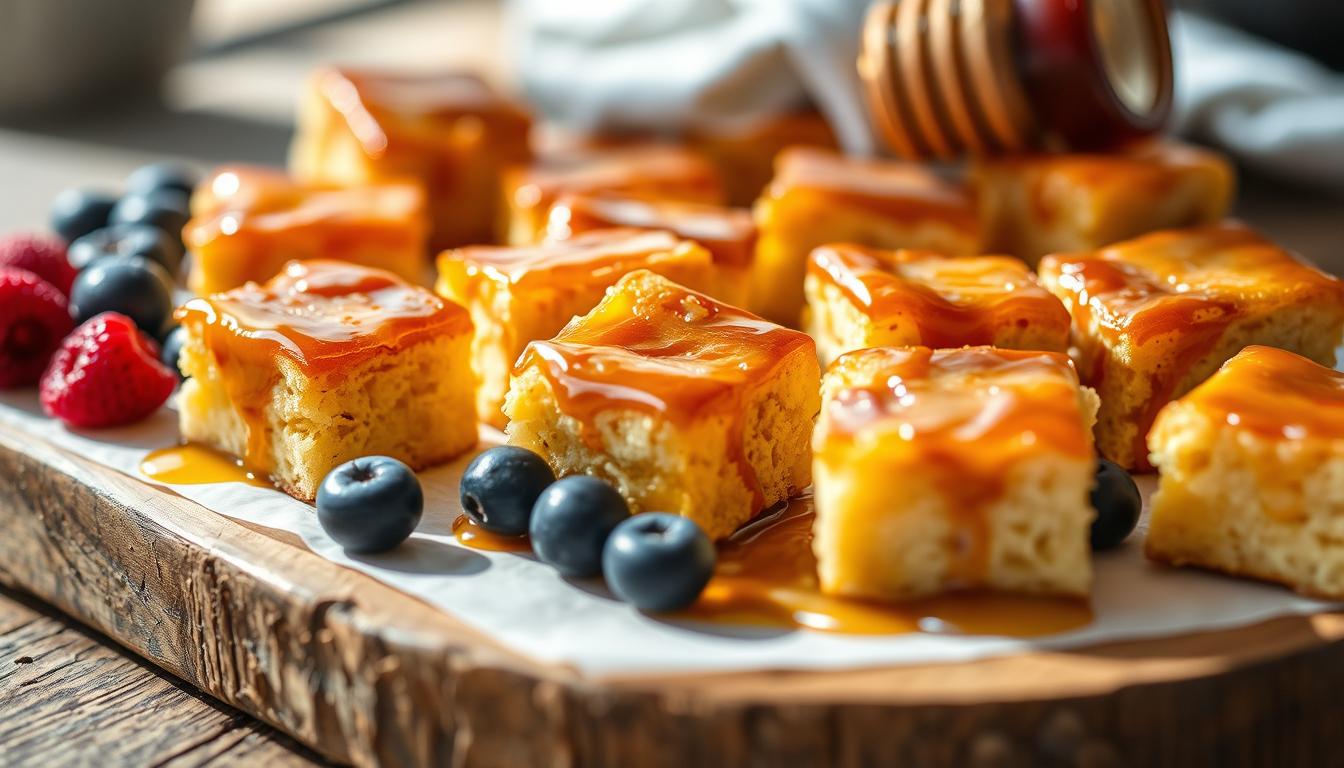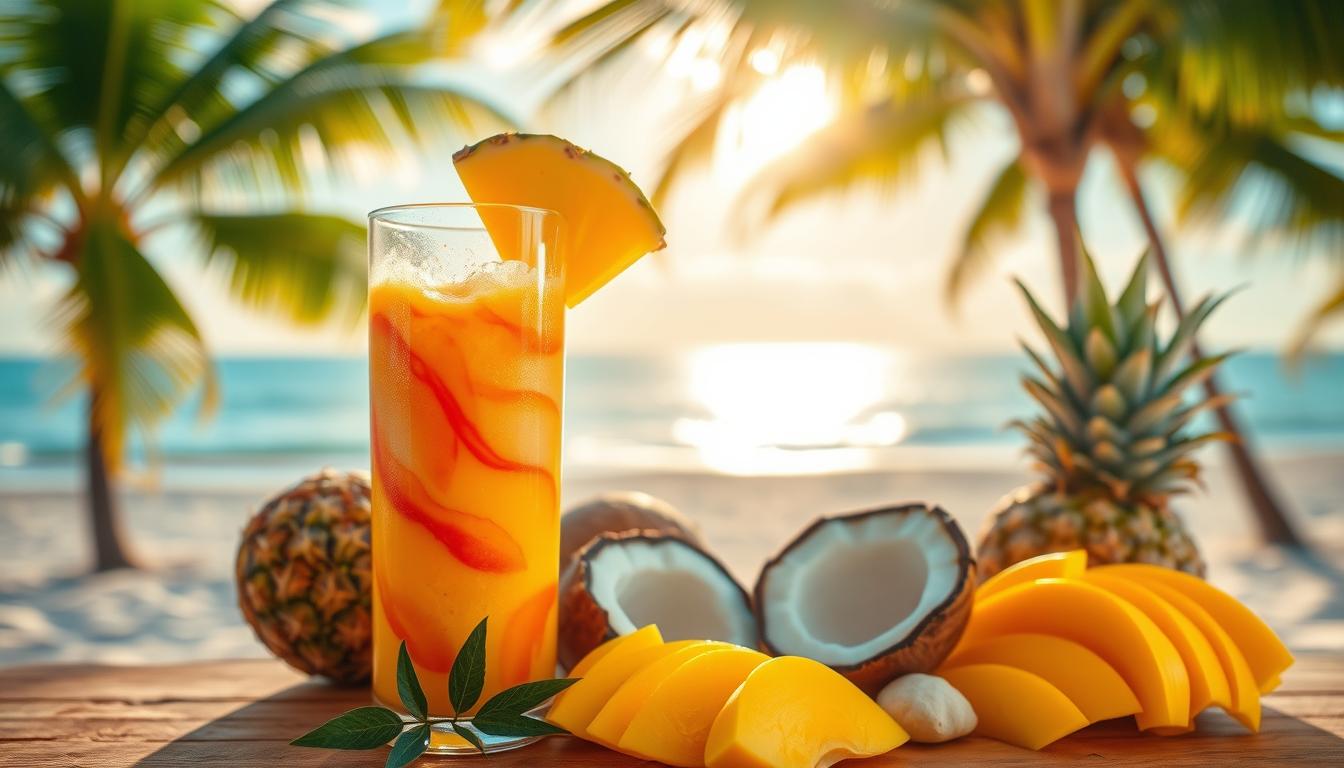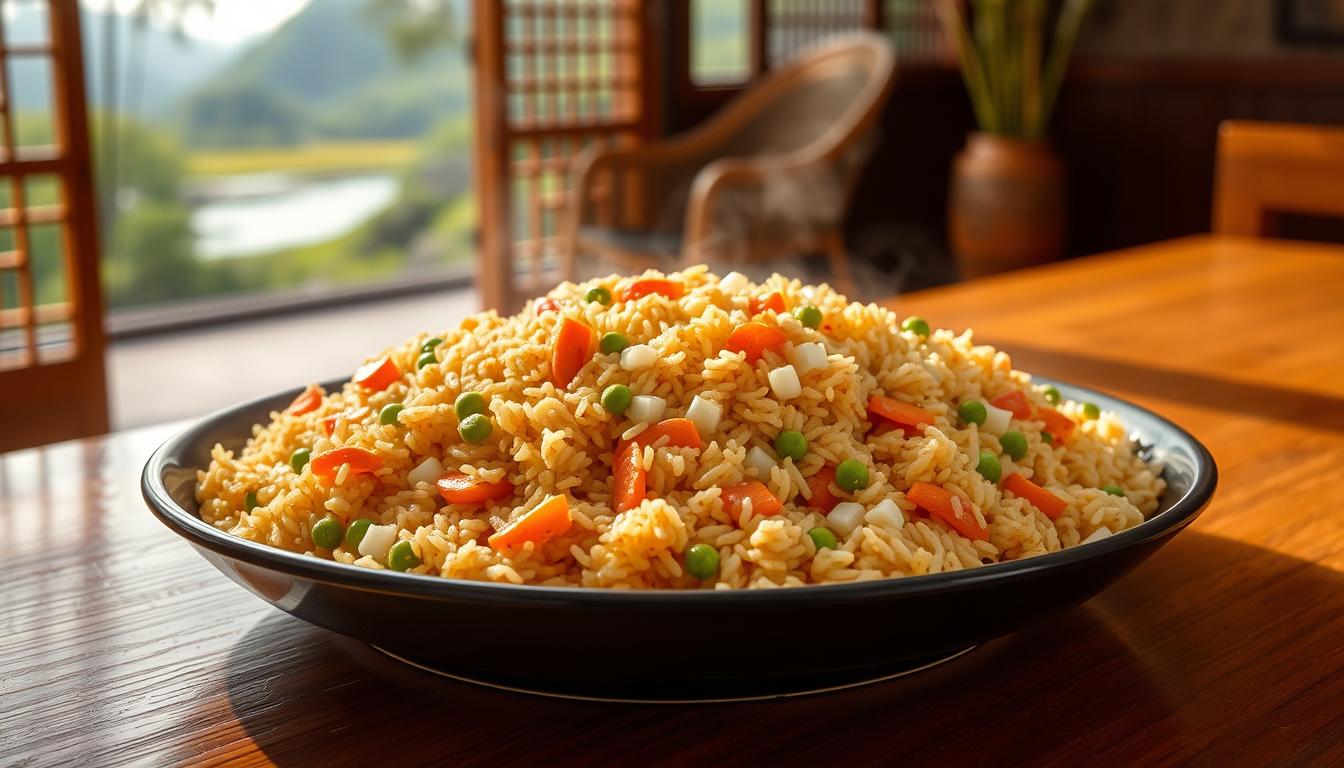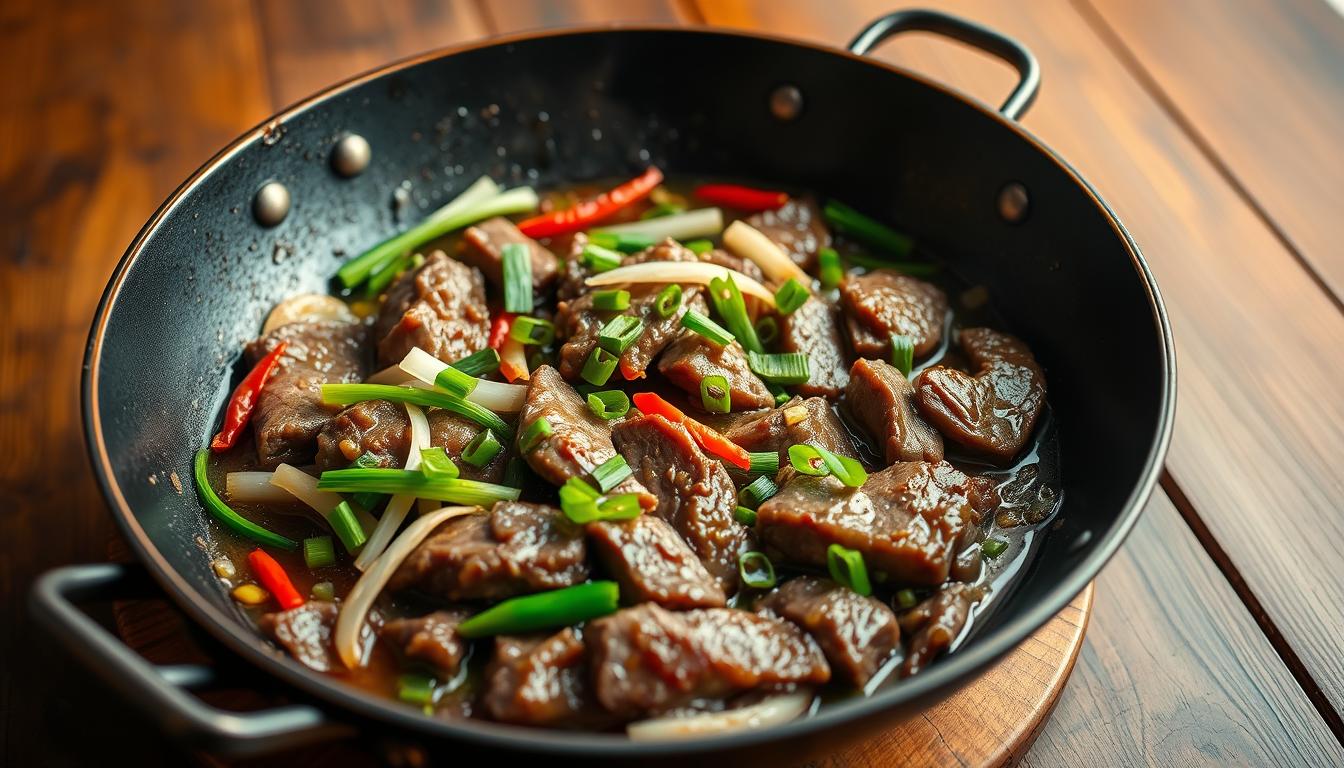Fried Chicken No Buttermilk: How to Make It Just as Delicious
Want crispy fried chicken but no buttermilk? You’re in luck! Making tasty fried chicken without buttermilk is simpler than you think. You can still get that golden-brown outside and juicy inside without it.
Cooking amazing fried chicken is more than just buttermilk. With the right ingredients and techniques, you can make a dish that’s just as good as any restaurant. This guide will show you how to make crispy, flavorful chicken that will wow everyone.
Key Takeaways
- Buttermilk isn’t the only path to delicious fried chicken
- Simple ingredient substitutions can create crispy results
- Proper technique matters more than specific marinades
- You can achieve restaurant-quality fried chicken at home
- Multiple marinades can replace traditional buttermilk
Why Traditional Buttermilk Isn’t Always Necessary for Perfect Fried Chicken
Making delicious fried chicken without eggs doesn’t mean you’re stuck with old ingredients. Many think buttermilk is key for crispy, tasty chicken. But, there are other ways to get great results.
The Science of Chicken Marination
Buttermilk tenderizes meat and adds flavor for coating. Luckily, other ingredients can do the same job. This lets you choose the best flour for frying.
- Acidic ingredients break down protein structures
- Marinades help retain moisture during cooking
- Flavor penetration occurs through proper preparation
Alternative Tenderizing Methods
For fried chicken without eggs, try these buttermilk substitutes:
| Substitute | Tenderizing Power | Flavor Profile |
| Plain Yogurt | High | Tangy, Mild |
| Pickle Juice | Medium | Salty, Sharp |
| Milk + Vinegar | High | Neutral |
Benefits of Non-Buttermilk Approaches
Trying new ingredients for frying chicken has many benefits:
- Increased ingredient flexibility
- Cost-effective preparation
- Dietary accommodation
- Creative flavor combinations
Learning these methods lets you make crispy, tasty fried chicken without buttermilk.
Essential Ingredients for Fried Chicken No Buttermilk
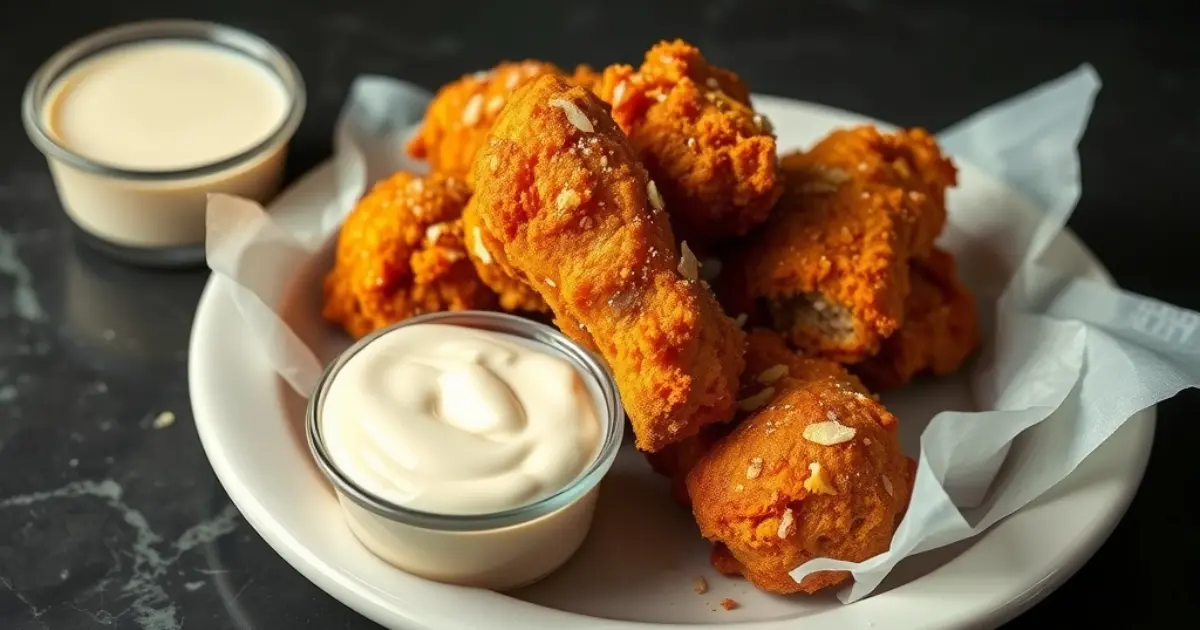
To make tasty fried chicken without buttermilk, you need the right ingredients. Your kitchen tools play a big part in making your dish crispy and flavorful. Each ingredient has a special role in turning simple chicken into a delicious meal.
Here are the key ingredients for your fried chicken no buttermilk recipe:
- Chicken pieces (drumsticks, thighs, or wings)
- All-purpose flour
- Seasonings (salt, black pepper, paprika)
- Eggs
- Milk or milk alternative
- Cooking oil
Now, let’s look at the important parts for your chicken coating:
| Ingredient | Purpose | Recommended Quantity |
| All-purpose flour | Creates crispy exterior | 2 cups |
| Salt | Enhances flavor | 1-2 teaspoons |
| Black pepper | Adds spiciness | 1 teaspoon |
| Paprika | Provides color and mild heat | 1/2 teaspoon |
For fried chicken without buttermilk, use a mix of milk and eggs instead. This combo helps the flour stick to the chicken. It makes that crispy coating everyone loves.
Pro tip: Marinate your chicken in milk or a milk alternative for 30 minutes before coating. This makes the meat tender and juicy. It also keeps the outside crispy in your fried chicken recipe.
Choosing the Best Flour for Crispy Fried Chicken
Choosing the right flour is key for crispy fried chicken. You might wonder if you can use self rising flour or look for the best flour. Knowing your options can make your cooking better.
Flour is important for that golden, crunchy outside of fried chicken. Not all flours are the same. Your choice can change the taste and texture a lot.
All-Purpose vs Self-Rising Flour Showdown
There are many flours for frying chicken:
- All-Purpose Flour: The most versatile choice, providing a classic crispy coating
- Self-Rising Flour: Contains built-in leavening agents that can create an extra-crispy texture
- Specialized coating flours with pre-mixed seasonings
Creating the Perfect Flour Blend
For the best flour, mix different types. A good mix might be:
- 70% all-purpose flour
- 30% self-rising flour
- Cornstarch for extra crispiness
Seasoning Your Flour Mixture
Add flavor to your flour coating with:
- Paprika for color and mild heat
- Garlic powder for depth
- Black pepper for kick
- Cayenne for those who love spice
Try different flours and seasonings to find your favorite fried chicken recipe. Yes, you can use self rising flour! Just adjust your method for the best taste.
Simple Marinades That Replace Buttermilk
It’s easy to make delicious fried chicken without buttermilk. The trick is to find a good marinade. This will tenderize and flavor your chicken. There are many alternatives that can make your fried chicken taste amazing.
Let’s look at some great marinade options:
- Yogurt-Based Marinade: Mix plain yogurt with herbs and spices for a tangy, tender result
- Pickle Juice Soak: A Southern favorite that adds incredible flavor and moisture
- Milk and Vinegar Mixture: Create a quick buttermilk substitute with regular milk and apple cider vinegar
- Brine Solution: Salt water with additional seasonings works wonders for chicken texture
Your marinade choice greatly affects your fried chicken’s taste. Yogurt and milk-based options work like buttermilk. Let the chicken soak in the flavors for 2-4 hours before cooking.
Professional chefs say to try different marinades to find your favorite. Each one adds something special to your dish. Don’t hesitate to get creative with your ingredients!
The Perfect Oil Temperature for Frying Chicken
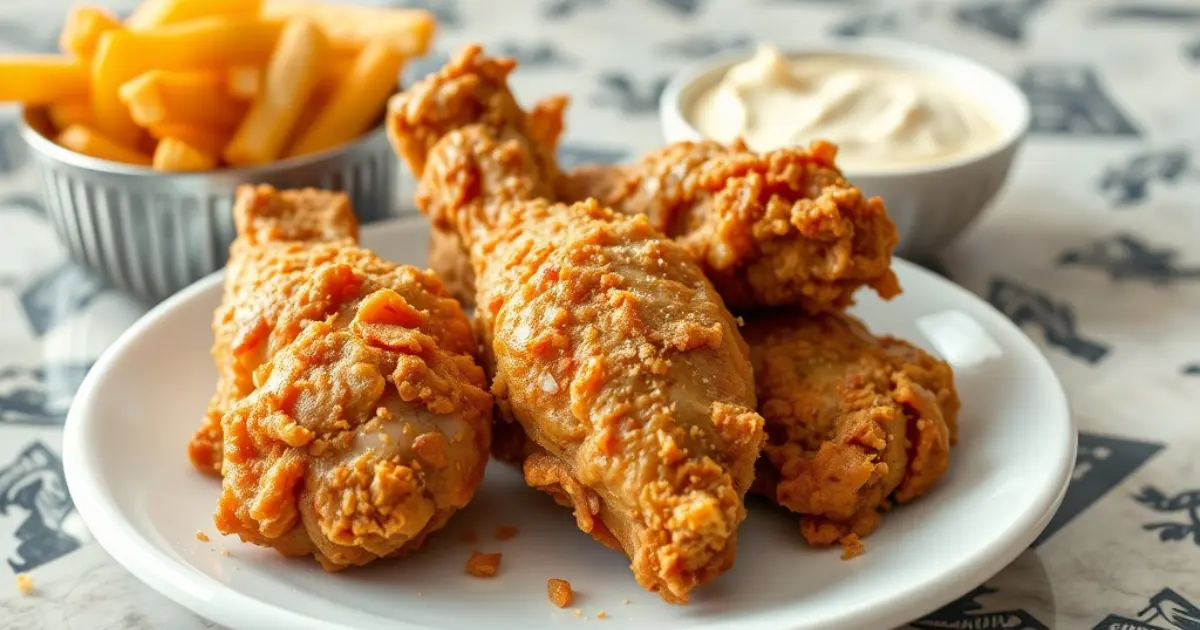
Getting the right oil temperature is key for a great fried chicken recipe without egg. The ideal temperature makes your chicken crispy outside and juicy inside. It’s not just about the flour you use, but also how you manage the oil heat.
For frying chicken, aim for an oil temperature between 325°F and 350°F. This range helps avoid common issues:
- Prevents greasy chicken
- Ensures even cooking
- Creates a crispy golden-brown exterior
- Keeps the meat tender and moist
Understanding Oil Smoke Points
Different oils have different smoke points, affecting your cooking. Vegetable oil and peanut oil are top picks for frying chicken. They have high smoke points and mild, neutral flavors.
| Oil Type | Smoke Point | Suitability for Frying |
| Vegetable Oil | 400-450°F | Excellent |
| Peanut Oil | 450°F | Ideal |
| Canola Oil | 400°F | Good |
Temperature Management Techniques
To keep the oil temperature steady, use a deep-fry thermometer and adjust your stove’s heat. Don’t overcrowd the pan, as it can lower the oil temperature and make the chicken soggy. Fry in batches to maintain the best temperature.
Professional chefs suggest letting the oil heat up again between batches. This ensures each piece of chicken is perfectly crispy and golden brown.
Step-by-Step Guide to Coating Your Chicken
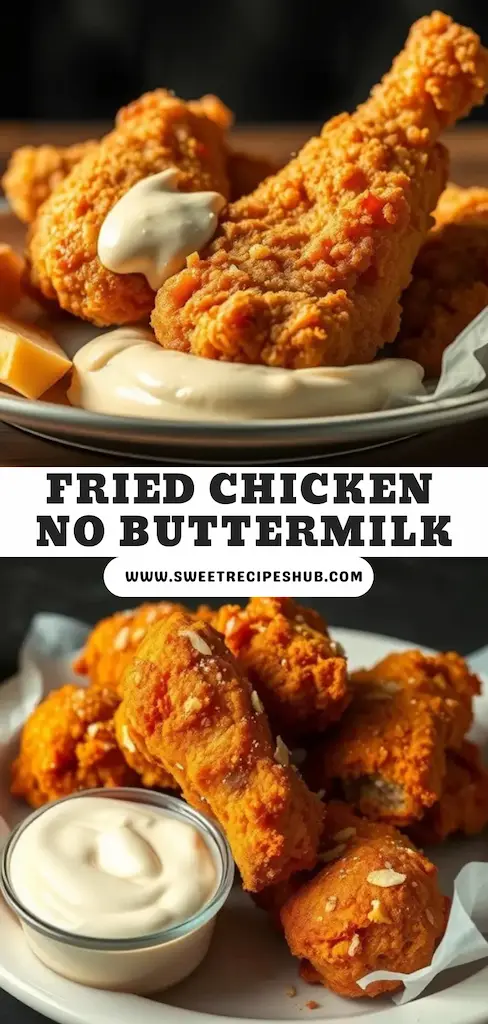
Learning to coat chicken right is key to making great fried chicken. You want a crispy, tasty outside that keeps the chicken juicy and crunchy.
Here’s a simple way to coat your chicken perfectly:
- Prepare three shallow dishes:
- First dish: Seasoned flour (use self-rising flour for extra crispiness)
- Second dish: Beaten eggs or buttermilk substitute
- Third dish: Additional seasoned coating (breadcrumbs or crushed crackers)
- Pat chicken dry with paper towels to help the coating stick
- Dredge each piece through the coating stations in this order:
- Flour mixture first – shake off excess
- Dip in egg wash
- Coat in final breading layer
- Place coated chicken on a clean rack to rest for 10-15 minutes
Pro tip: Let the coated chicken sit at room temperature before frying. This helps the coating stick better and creates a more even, crispy exterior. When you’re ready to fry, shake off any excess coating to prevent burning.
Remember, practice makes perfect when making your ideal fried chicken. Each time you make it, you’ll get better and find what works best for you.
Common Mistakes to Avoid When Frying Chicken
Mastering fried chicken without buttermilk means avoiding some big mistakes. These errors can ruin your dish, even if you use the best flour. Knowing these common pitfalls will help you cook better.
- Temperature Troubles: Keeping the oil at a steady temperature is key. If the heat changes, your chicken might be raw inside or burnt outside.
- Overcrowding the Pan: Putting too many pieces in the pan lowers the oil temperature. This makes your chicken greasy and soggy.
- Incorrect Coating Technique: When you don’t use buttermilk, make sure your flour sticks well. Press the flour mixture firmly onto the chicken to coat it well.
Seasoning your flour is also important. Use salt, pepper, and spices to make the flour flavorful. This will give your chicken a tasty crust.
Draining your chicken right is crucial. Use a wire rack instead of paper towels. This keeps the coating crispy and prevents it from getting soggy.
Lastly, frying chicken takes time. Don’t rush it. Keep an eye on the temperature and let each piece cook fully. This way, you’ll get great results.
Best Side Dishes to Serve with Your Fried Chicken
Choosing the right side dishes can make your fried chicken meal unforgettable. Classic Southern sides like creamy coleslaw, crispy mac and cheese, and buttery cornbread are perfect. They enhance the rich flavors of your fried chicken without eggs.
Try adding fresh vegetables for color and nutrition. Roasted green beans with garlic, honey-glazed carrots, or a tangy cucumber salad offer a refreshing contrast. These sides add variety and impress your guests.
For a satisfying meal, include traditional Southern sides. Mashed potatoes with gravy, baked beans, or fluffy buttermilk biscuits are great choices. They make your fried chicken the highlight of a cozy dinner.
Feel free to mix things up with international flavors. Try Mexican street corn, Asian slaw, or Mediterranean salads with your fried chicken. The goal is to please both traditional and adventurous eaters.
FAQ
Can I make fried chicken without buttermilk?
Yes, you can make delicious fried chicken without buttermilk. Try using milk with vinegar, yogurt, or even plain water with seasonings. Make sure your chicken stays moist and flavorful.
Which flour is best for making crispy fried chicken?
All-purpose flour is great for fried chicken. Self-rising flour can make it even crisper. Mixing flour with cornstarch or adding spices like paprika and garlic powder can enhance the flavor and crispiness.
How do I get a crispy coating without using eggs?
For a crispy coating without eggs, mix flour with seasonings. Then, dip the chicken in milk or a milk alternative before coating. Buttermilk substitutes like yogurt or milk with vinegar help the coating stick well.
What oil temperature is best for frying chicken?
The best oil temperature for frying chicken is 350-375°F (175-190°C). Use a thermometer to maintain a consistent temperature. If the oil is too cool, the chicken will turn out greasy. If it’s too hot, the outside will burn before it’s fully cooked.
Can I use self-rising flour for fried chicken?
Yes, self-rising flour works well for fried chicken. It has baking powder and salt for a crispy coating. Just remember, it already has salt, so you might not need to add extra.
How long should I marinate chicken for frying?
Marinate chicken for at least 30 minutes for flavor and tenderness. But don’t marinate for more than 24 hours. Overnight marination can add deeper flavors, but be careful not to overdo it.
What are some good buttermilk substitutes for fried chicken?
Good substitutes for buttermilk include: – Milk with vinegar or lemon juice – Plain yogurt – Sour cream – Milk with a bit of mayonnaise – Non-dairy milk with vinegar for a vegan option
What’s the best way to keep my fried chicken crispy?
To keep fried chicken crispy: – Drain on a wire rack instead of paper towels – Avoid overcrowding the pan – Keep the oil temperature steady – Serve immediately – If needed, keep warm in an oven at 200°F on a wire rack

